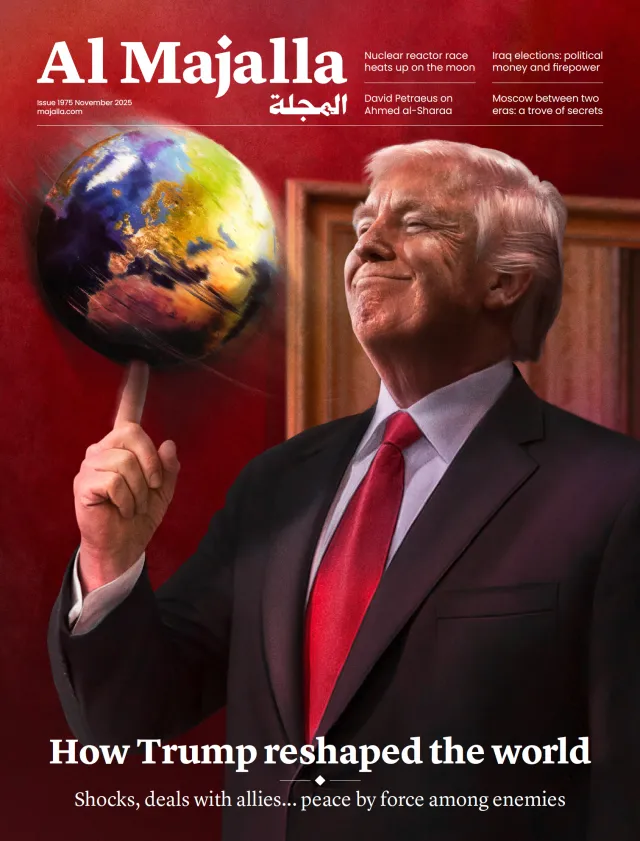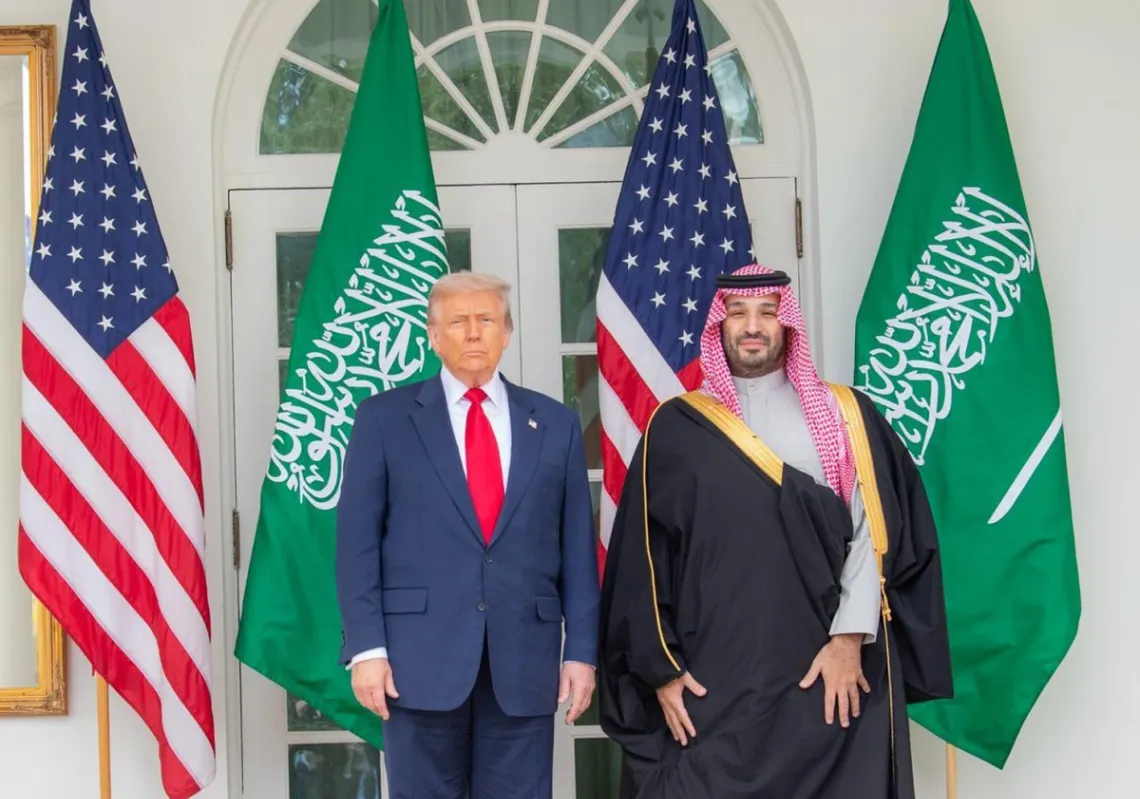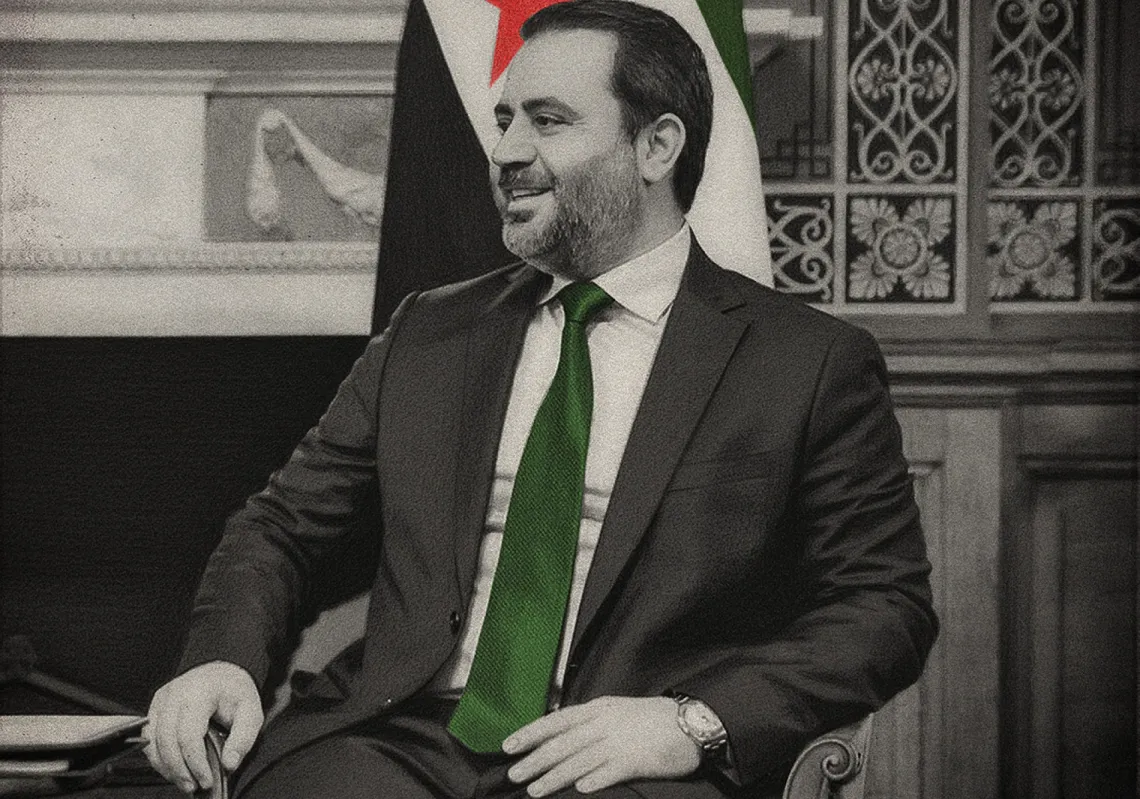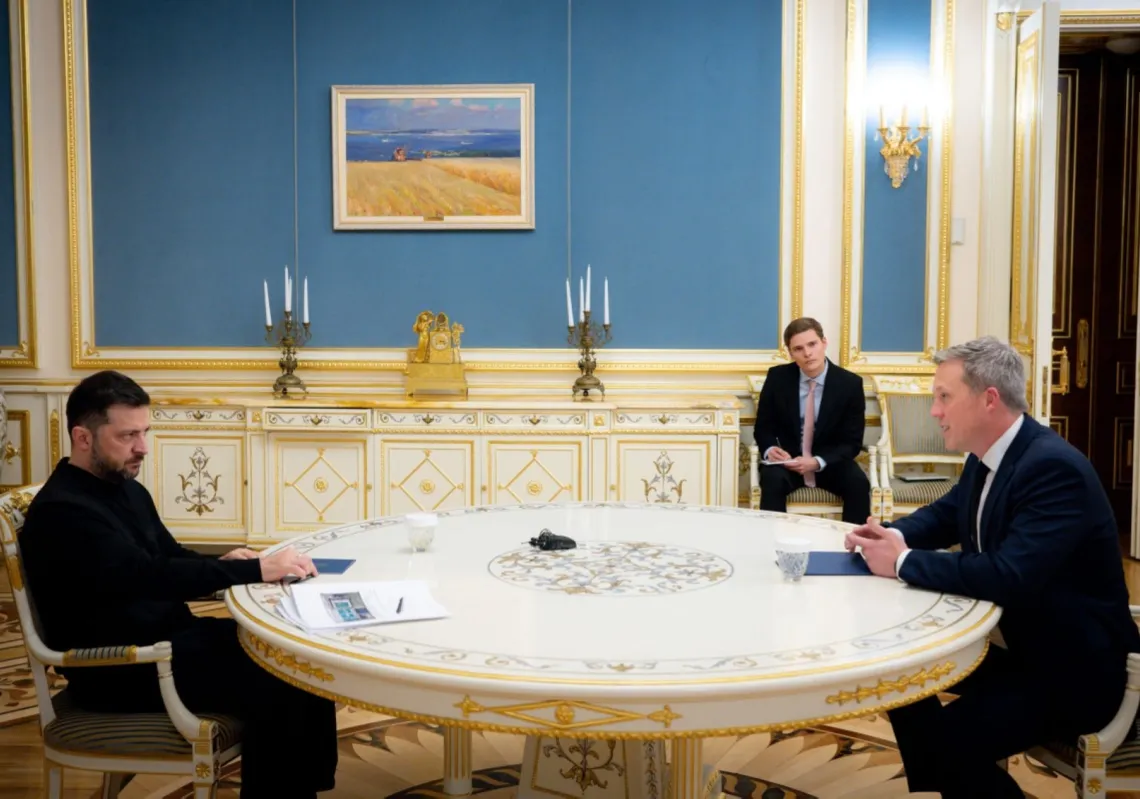 Yemen's Shiite Huthi rebels shout slogans during a gathering to mobilise more fighters to battlefronts to fight pro-government forces, on June 18, 2017, in the capital Sanaa. (Getty)[/caption]
Yemen's Shiite Huthi rebels shout slogans during a gathering to mobilise more fighters to battlefronts to fight pro-government forces, on June 18, 2017, in the capital Sanaa. (Getty)[/caption]*by Hanin Ghaddar
In an interview with Reuters, Saudi Arabia’s Crown Prince Mohammed bin Salman bin Abdul-Aziz Al Saud assured last week that the war in Yemen would continue in order to prevent the Houthi insurgents from turning into another "Hezbollah" on Saudi's southern border. "We’re pursuing until we can be sure that nothing will happen there like Hezbollah again, because Yemen is more dangerous than Lebanon," he said.
Also, earlier this year, Saudi Arabian Defense Minister, Major General Ahmad Assiri, announced that since the beginning of its operations, the forces of the Arab coalition in Yemen have worked in two axes. The first is to carry out military operations and reduce the capabilities and influence of the militias. The second is to build the military establishment from day one, pointing out that the alliance will not allow the Houthi militias in Yemen to become as the Hezbollah militia in Lebanon.
This statement caused some controversy in regional and international circles, mainly because it hasn’t been clear or verified that the Houthis are Iran’s proxies as much as Hezbollah or some Iraqi Popular Mobilization Units are. Many think that the mere fact that the Houthis are not necessarily Shia is enough to distance them from Iran’s ideology; others think that Iran is not that invested in Yemen and will not support the Houthis in a way that makes them part of its Quds Force army.
However, despite the logic in both views, there are other layers that cannot be ignored: Iran is on a spree to recruit as many non-Persian Shia fighters in its army to jeopardize the Gulf, mainly Saudi Arabia. And Iran’s sphere of interest is no longer limited to the Levant. The Gulf states and Gulf security seem to be taking a larger part in the IRGC strategy. Although the Houthis are not thought to be directly subordinate to Tehran like Hezbollah or other proxies, support for the insurgent group offers Iran the ability to spread its influence across the Middle East and allows Iran to both combat and challenge Saudi Arabia and other Gulf States’ troops and influence in Yemen.
SIGNS OF INCREASED SUPPORT
There are signs that Iran has increased its support to the Houthis in the past few months, and that Hezbollah is taking a larger role in logistical support and training in Yemen.
According to a report by the Critical Threats Project of the American Enterprise Institute, Iran has sent advisers from Shiite proxies, including Afghan forces, to train Houthi units and provide logistical support as part of an effort to widen its influence. “The deployment of interoperable proxy forces is part of Iran’s evolution of a form of hybrid warfare that will allow it to project significant force far from its borders and fundamentally alter the balance of power in the region,” it concludes. Emily Estelle, one of the report’s authors, said the presence of Afghan advisers – including some who fought in Syria under the leadership of Iran’s Special Forces unit the Quds Force – may indicate a change. The report also describes how Houthi forces have begun using what appears to be Iranian-supplied drone technology.
The Iranian Revolutionary Guard Corps (IRGC) is believed to have transferred rocket and missile capabilities. In addition, the US military has intercepted several weapons shipments from Iran believed to have been headed to the Houthis. High-ranking Iranian officials have also spoke about the Iranian regime’s support for the Yemeni insurgents.
In July of this year, the leader of the Houthis – Abdul Malik Badreddine al Houthi – vowed to fight in any future conflict between Hezbollah and Israel. ““The Yemeni nation is ready to take part in any future confrontation against the Israeli enemy,” he said, adding that Israel should “take us into consideration in all future conflicts with Hezbollah and the Palestinian people.” Houthi also addressed Hezbollah leader Hassan Nasrallah in his statement. “Your bet on the Yemenis is proper. Israel must beware the Yemeni participation in any of its military confrontations with Hezbollah or the Palestinian resistance,” he told to Nasrallah. In a speech last month, Nasrallah mentioned that in any future war with Israel, the Jewish state would be met with resistance by fighters from “Iran, Iraq, Yemen, Afghanistan, and Pakistan.”
HOUTHIS AS PRACTICAL PROXIES
The above signs and statements do not necessarily mean that the Houthis are going to become part of Iran’s ideological empire, where all members turn to Qum for reference. Iran only wants the Houthis to turn to Tehran, and they can forget about Qum. For Iran, the Yemen war is more pragmatic, and the lack of the ideological connection is not necessarily a deal breaker.
Iran’s objective is to jeopardize the Gulf Security, and if the Houthis can help, then support will be given, and it has been increasing. The fact that Hezbollah’s role in Yemen is growing added the anti-Israel layer which prevailed in these statements. However, the objective remains to expand Iran’s influence.
On a different note, although the Houthis are not organically linked to Iran as Hezbollah is, it doesn’t mean that they won’t be in the future. Hezbollah did not start in Lebanon as an organized Iranian proxy the way they are functioning today. Hezbollah started as various groups stemming from different backgrounds: Amal, Palestinian factions, Daawa party, among others. With Iranian increased support and strategical planning, these groups eventually organized under the Party of God that is today Hezbollah. But this took a few years and proved to be a success story that Iran decided to implement elsewhere in the region.
In Syria, Iran is creating a network of Iraqi, Syrian, Lebanese, Afghani, Pakistani and other militias that work parallel to state institutions, and will exert control and power beyond the state. In Iraq, the same is happening with the Popular Mobilization Units, who are now gearing up for parliamentary elections due in April 2017. In Lebanon, Hezbollah has already completed the mission of creating a parallel state that is today stronger than the Lebanese state itself. So why would Yemen be an exception when the model is working everywhere else in the region?
In addition, Iran no longer sees the region as separate or independent states. For the Iranian regime, all of Lebanon, Syria, Iraq and Yemen are one broad entity that fall under Iran’s strategy of regional hegemony, and this hegemony requires jeopardizing everything and everyone that stands in its way. Saudi Arabia is the main actor that would risk Iran’s hegemonic plan in the region. Hence, Yemen and the Houthis are significant.
Iran’s Quds Force army fighting in Iraq and Syria consists of around 200,000 non-Persian fighters, including Shia from countries where Iran is not heavily invested, such as Afghanistan and Nigeria. That doesn’t mean that these fighters will go back home if and when the war is over. Houthis are becoming an integral part of Iran Foreign Legion, and even if the Yemen war subsides at one point, it doesn’t mean that the Houthis will no longer be utilized by Iran. They are there – as part of Iran’s militias – to stay.
Iran thinks long-term, and its support for the Houthis today is not going to be ceased tomorrow or any time soon, unless they are forced to. Hezbollah’s role is growing, and its involvement in Yemen indicates a long-term plan of turning the Houthis into proxies, by making them more and more dependent on Iran and its Quds Force for support, and maintaining the threat to the Gulf and Saudi Arabia. Therefore, a Hezbollah-like Houthi model is a possibility that cannot be ignored.
*Hanin Ghaddar is the inaugural Friedmann Visiting Fellow at The Washington Institute.









